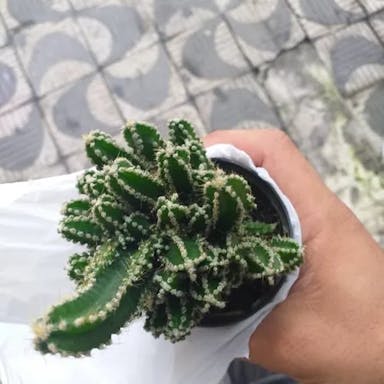Forskohlii, also known as Coleus barbatus, is a perennial herb native to India. The plant grows to 1 or 2 feet tall. It has small pale blue flowers. The leaves are colorful with hints of purple. Coleus barbatus is commonly grown for medicinal uses. One compound found in the roots is called forskolin. This plant grows well in partial shade and needs soil that drains well. There are many varieties of this plant. Each one has different leaf patterns and colors. Although it does not produce fruits, the foliage is decorative. It is used in gardens and traditional medicine.
0
0












